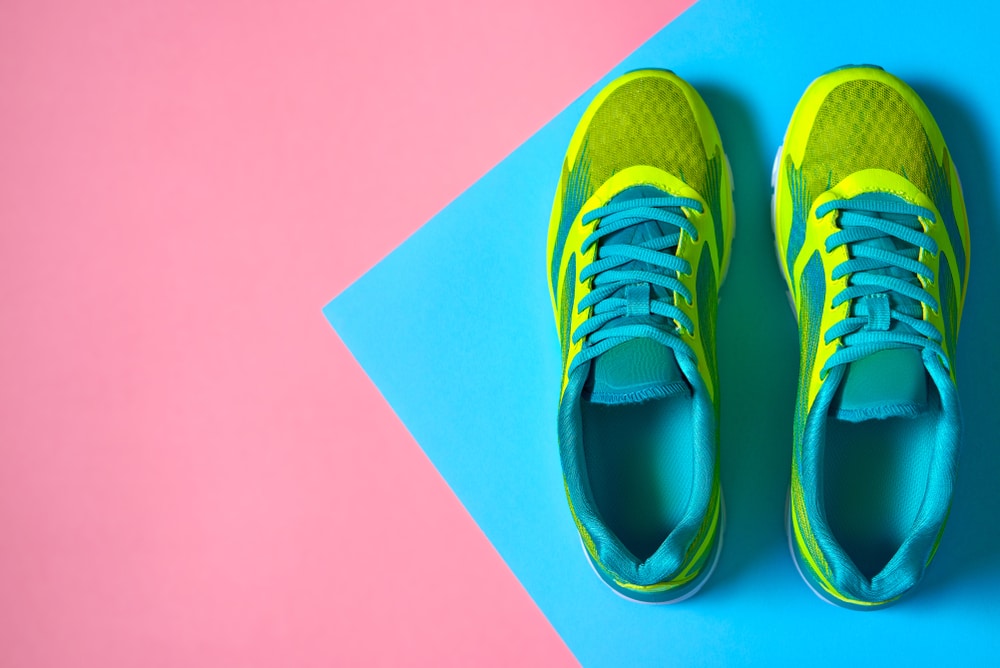As long as you have a road, trail, or track to use, running is about the least expensive way possible to enjoy the outdoors and get a great workout at the same time. However, if you’re going to run a lot, one thing you should invest in is a good pair of running shoes. Ensuring your feet are well protected against the ground and other elements can improve performance and reduce the risk of injury.
This isn’t to say that you need to pay a lot for your running shoes. Not every runner needs an expensive pair of running shoes. In the following guide, we’ll share some tips for shopping for running shoes without spending too much money while you are at it.
Contents
Factors to Consider Before Buying Cheap Running Shoes
Your running shoes mostly influence your running experience. Before you decide, it’s vital to know the features that matter and those that only contribute to a better style with nothing substantial added to your feet.
It is a personal matter. But in the end, you will want shoes that fit your feet and feel comfortable too. Here are some things to think about before settling on a specific pair.
Understand Your Running Style
Knowing your gait is perhaps the most critical consideration before choosing a running shoe. This is where pronation comes in. You will need to know your pronation level but either doing it yourself at home or visiting a sports medicine doctor.
If you under-pronate, your shoe’s outer edge wears faster than the rest of the outsole, and the opposite is true for over-pronators.
Neutral runners usually need cushioning without extra stability, while over-pronators and supinators need stability running shoes.
Where Do You Run?
Do you train on tracks, or do you love being in nature and hitting the trails? Not every shoe is built to withstand rugged terrain. Sidewalk and pavement running will do well with road running shoes that maintain great traction.
You will find that trail runners are designed with durable rubber and are deeply grooved to ensure you maintain a high level of longevity against rough paths.
Also, do not forget to look at the toe area as it should have the structure for different runs. You are likely to encounter rocks and roots; look for rigid toe inserts that give you a solid toe box.
And if you want a barefoot feel, be sure to run on surfaces that are ideal for your shoes.
Heel Drop/Height
Lack of ankle support increases the risk of injury for any runner. If you don’t already know your heel height, it is essential to do so with a healthcare professional. You will find that you will need a high heel drop measured from 0-14 in mm if you have a stiff ankle joint.
Traditional running shoes have an offset drop of 12mm. They favor a midfoot or forefoot running gait.
Midsole Composition
Although there are overly engineered shoes, the midsole composition will give you a good idea of the cushioning system. Compression-molded EVA is the most common. This is because it leaves a superior design to the midsole, making it stylish as much as it is comfortable. Injection-molded midsoles are not as stylish, but they contract and expand. They are capable of being more comfortable than compression molded midsoles by a small degree.
Carbon vs. Blown Rubber Outsoles
The outsole determines how soft or firm the shoe rides. Carbon rubber is the most common. It is firm and durable and is usually preferred for the heel in most running shoes. Blown rubber, on the other hand, is air-injected. It is soft and light and usually used at the forefoot.
Racing vs. Training Shoes
As explained in this video, competitive runners will want to have at least two sets of running shoes to cater to speed work and races as well as every day running. If you need shoes to cover lots of mileage in your regular training, you are looking for comfortable shoes that can be heavier with flat outsoles than those you would use for races or speedwork.
Remember that light shoes may have less cushioning than heavy ones. Balancing the level of cushioning is crucial, more so for race day when you want fast feet.
Final Words
Whether you want to create a healthy running routine or train for a triathlon, don’t miss out on one of our best cheap running shoes. Our list is all about catering to your different needs, from flat feet to high arches, plantar fasciitis, and even knee pain; we have made sure to include only the top-performing brands.

